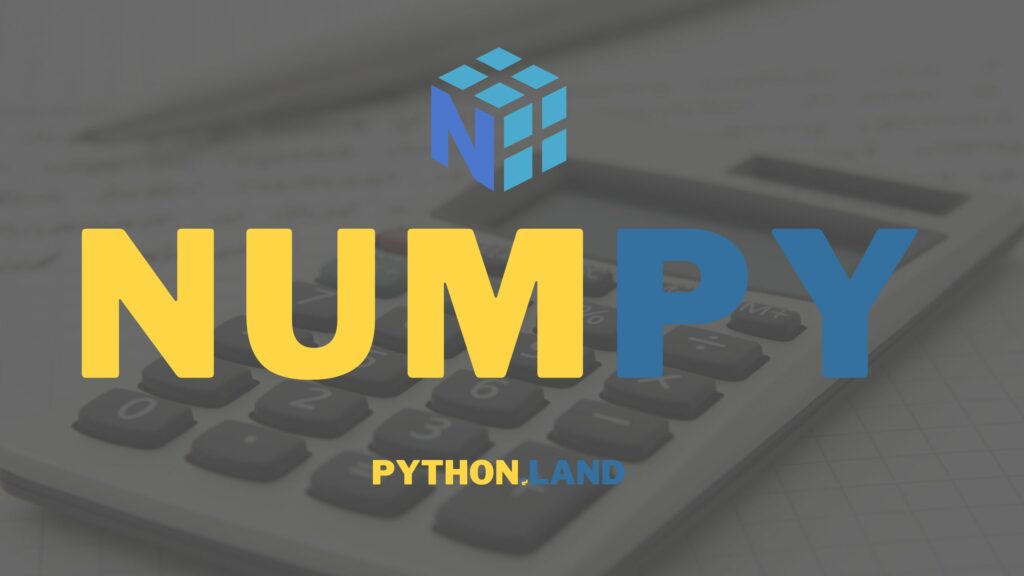About NumPy

Python was conceived with one target in mind: ease of use. This has made Python one of the most popular programming languages today. However, for a long time, Python developers sacrificed performance to make their lives easier. With the latest Python versions, performance has been a central focus point. Python 3.10 and 3.11 have introduced significant speedups already, and there’s more to come.
However, for numerical and scientific computing, Python often won’t suffice. Although its default data structures are versatile, they don’t offer the performance and advanced manipulations you will need as a (data) scientist. Luckily, NumPy is there to save the day!
NumPy was created in 2005 by merging two previous numerical packages, Numeric and Numarray. It’s written specifically for working with large quantities of numbers, with a strong focus on performance. For this reason, NumPy is written mainly in a low-level programming language called C. Don’t worry, though. NumPy offers easy-to-use bindings for us Python users, so we don’t have to worry too much about low-level stuff. You get the maximum out of your computer’s hardware while profiting from Python’s ease of use and robust ecosystem in terms of packages and available help and knowledge.
So NumPy emerged from the efforts of the scientific community to tackle Python’s numerical computing weaknesses. The main tasks they needed to tackle were:
- efficient array creation and manipulation
- mathematical functions and algorithms to operate on these new arrays
Arrays are the main data structure in NumPy, and most of what NumPy offers revolves around these arrays. They are highly optimized and easy to manipulate.
Why you should learn NumPy
Since its creation, NumPy has become one of the most, if not the most, reputable third-party modules available for Python. There have even been fierce debates about including it as one of Python’s standard modules. Only the very best of projects earn such honor. With the explosion of data science, NumPy offers the solid foundation required by many other projects. Most data science packages use NumPy under the hood, some notable ones being:
- Pandas
- scikit-learn
- Tensorflow
Mastering NumPy gives you a great headstart into using these other packages. This course will teach you NumPy from the ground up. We cover all the essential concepts and work our way up to some pretty advanced topics. We will work with sample data throughout the course to get that much-needed practice and to demonstrate the concepts.
If you are serious about learning scientific computing, machine learning, or data science, you won’t regret learning NumPy through this course! It offers a great starting point and lays a solid foundation to build on.
